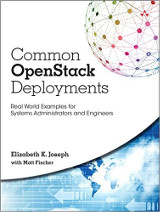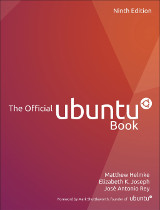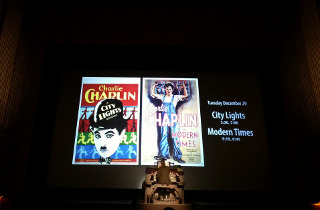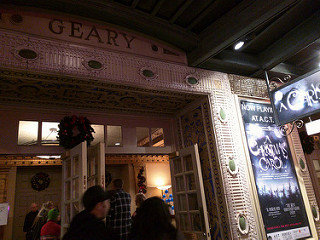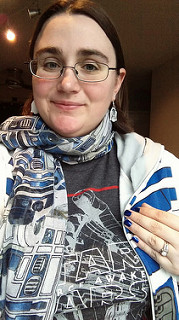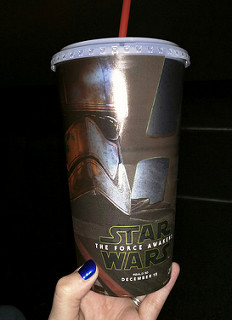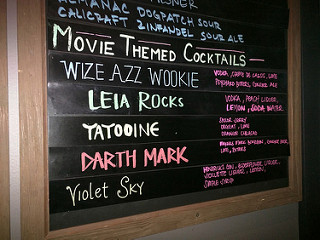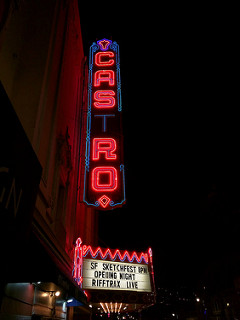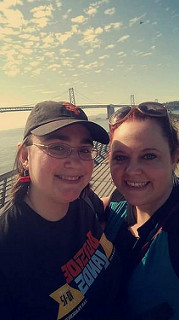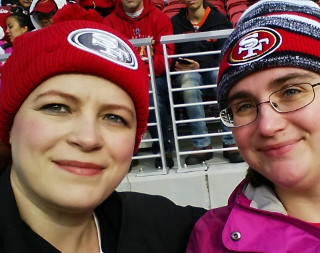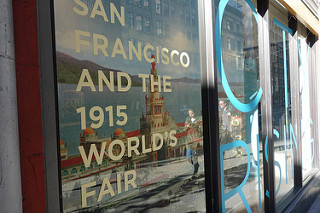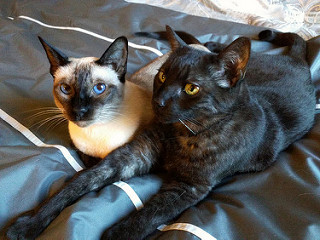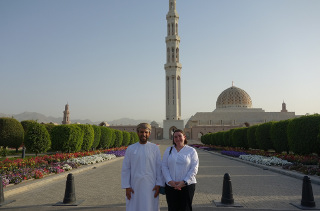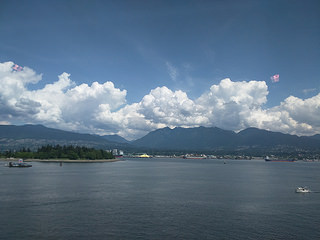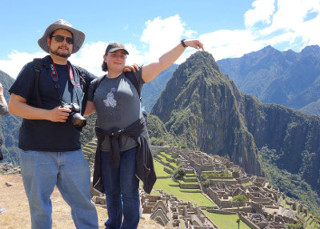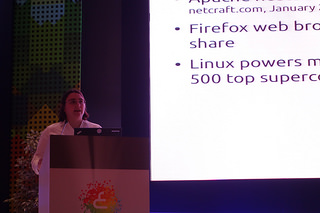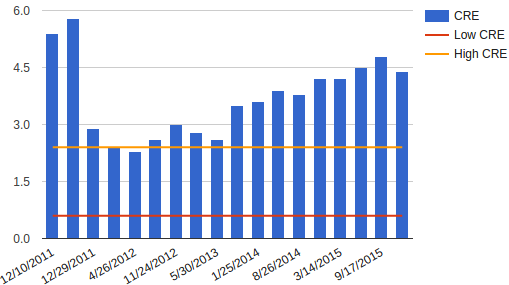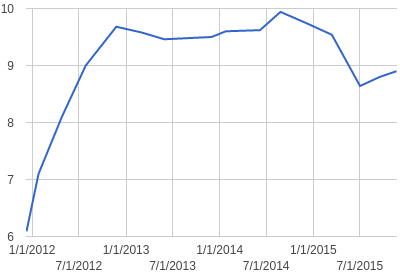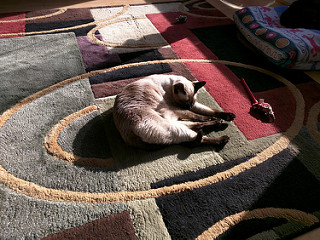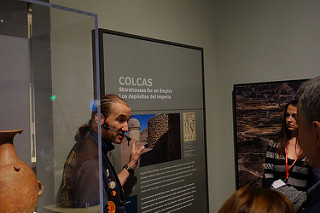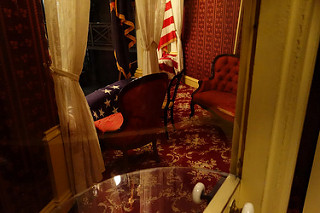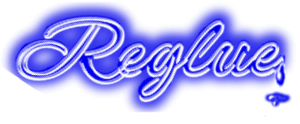I’ve been fascinated with the World’s Fair ever since learning about them as a kid. The extravagance, the collections of art and innovation, the thrill of being part of something that was so widely publicized worldwide and the various monuments left over when the fairs concluded. As I learned about past fairs I was always disappointed that I had missed their heyday, and struggled to understand why their time had passed. The fairs still happen now called Expositions and 2015 marked one in Milan, but unless you’re local or otherwise look for them, you typically won’t know about them. Indeed, most people don’t realize they still exist. No longer does the media descend upon them for a flourish of publicity. The great companies, artists, innovators, cities and countries of our ages no longer make grand investments in showing off their best over acres of temporary, but beautiful, pop up cities.
In 2015 I learned a lot more about the fairs and how times have changed as San Francisco celebrated the centennial of the Panama-Pacific International Exposition (PPIE) of 1915. As I spent the year reading about the fair and walking through various exhibits around the city, all the things I knew about 1915 became so much more real. The first trans-continental telephone call from New York to San Francisco was made just prior to the fair opening. Planes were still quite new and it was common for these early pilots to die while operating them (aviation pioneer Lincoln J. Beachey actually died at the PPIE). Communication and travel that I take for granted simply didn’t exist. When I reflect on the “need” for a World’s Fair, I realized the major ones took place during a special time of intense innovation and cultural exchange but where we didn’t yet have a good way of sharing these things yet. The World’s Fair provided that space, and people would pay to see it.
I began my learning when MJ bought me Laura Ackley’s San Francisco’s Jewel City: The Panama-Pacific International Exposition of 1915. I read it cover to cover over a couple months, providing a nice foundation for exhibits I visited as the year went on. The first was the “Fair, Please” exhibit at the SF Railway Museum. The museum talks about the exhibit in their 1915 Fair Celebration blog post, which also links to a 2005 article that gets into more depth about how transit handled the increased ridership and new routes that the PPIE caused. I enjoyed the exhibit, though it was quite small (the museum and gift shop itself is only a single, large room). While I was at that exhibit I also picked up a copy of the Bay Area Electric Railroad Association Journal from spring 2007 that had a 25 page article by Grant Ute about transit and the PPIE. Predictably that was my next pile of reading.
Back in September I attended a panel about transit and the PPIE, which Grant Ute was a part of along with other transit representatives and historians who spoke about the fair and touched upon the future of transit as well. I wrote about it in a post here, excerpt:
I spent the evening at the California Historical Society, which is just a block or so away from where we live. They were hosting a lecture on City Rising for the 21st Century: San Francisco Public Transit 1915, now, tomorrow.
The talk [by Grant Ute] and panel were thoroughly enjoyable. Once the panel moved on from progress and changes made and made possible by transit changes surrounding the PPIE, topics ranged from the removal of (or refusal to build) elevated highways in San Francisco and how it’s created a beautiful transit and walk-friendly city, policies around the promotion of public transit and how funding has changed over the years.
In October I bought the book Jewel City: Art from San Francisco’s Panama-Pacific International Exposition in preparation for an exhibit at the De Young museum of the same name: Jewel City: Art from San Francisco’s Panama-Pacific International Exposition. It’s a beautiful book, and while I didn’t read it cover to cover like Laura Ackley’s, browsing through it at my own pace and focusing on parts I was most interested in was enjoyable. In early November we made it out to the exhibit at the de Young Museum.
From the Exhibit website:
To mark this anniversary, Jewel City revisits this vital moment in the inauguration of San Francisco as the West Coast’s cultural epicenter. The landmark exhibition at the de Young reassembles more than 200 works by major American and European artists, most of which were on display at this defining event.
No photos were allowed inside the exhibit, but it was a wonderful collection. As someone who is not very into modern or abstract art, it was nice to see a collection from 1915 where only a tiny sampling of these types were represented. There was a lot of impressionism (my favorite), as well as many portraits and a small corner that showed off some photos, which at the time were working to gain acceptance as art. The gift shop gave me the opportunity to pick up a beautiful silk scarf that has a drawn aerial view of the fair grounds.
In December I had to squeeze in a bunch of exhibits! On December 1st the Palace of Fine Arts’ Innovation Hanger opened their own exhibit, City Rising: San Francisco and the 1915 World’s Fair. The first time I visited the Palace of Fine Arts I didn’t quite realize what it was. What is now Innovation Hanger used to house the Exploritorum and was the only indoor space in the area. The Palace of Fine Arts was otherwise an outdoor space, colonnades around a beautiful pond, culminating in a huge domed structure. Where were the fine arts? It turns out, this was an on-site re-creation of the Palace of Fine Arts from the PPIE! The art for the fair had been featured in galleries throughout the also reconstructed old Exploritorium/Innovation Hanger. As we entered the exhibit it was nice to think about how we were walking through the same place that so many pieces of art had been featured during the fair.

The exhibit took up a section of the massive space, a bit dwarfed by the high ceilings but managed to make a bit of a cozy corner to enjoy it. A few artifacts, including big ones like a Model T (an on-site Ford factory producing them was a popular attraction at the fair) were on display. They also had a big map of the fair grounds, with the Palace of Fine Arts show raised as the only remaining building on site. Various sections of the exhibit talked about different areas of the fair, and also different phases, from planning to events at the fair itself to the much later formal reconstruction of the Palace of Fine Arts. I picked up the book Panorama: Tales From San Francisco’s 1915 Pan-Pacific International Exposition, which is next in my reading pile.
MJ’s cousins were in town, so it was also a nice opportunity to take a peaceful walk through the grounds of the Palace of Fine Arts. It’s a beautifully stunning place, regardless of what you know if it’s history.
More photos from the exhibit at the Palace of Fine Arts here: https://www.flickr.com/photos/pleia2/albums/72157660512348743
A couple days later we went to the Conservatory of Flowers in Golden Gate Park. They opened their own PPIE exhibit, Garden Railway: 1915 Pan-Pacific in November. Flowers, trains and the PPIE? I’m so there! Their exhibit room isn’t very large, but they did have a lovely recreation of part of the joy zone, the Palace of Fine Arts and, of course, the Palace of Horticulture.
From their website:
In an enchanting display landscaped with hundreds of dwarf plants and several water features, model trains wend their way through the festive fairgrounds, zipping past whimsical recreations of the fair’s most dazzling monuments and amusements, including the Tower of Jewels, Palace of Fine Arts, and more. Interpretive signs, memorabilia and interactive activities throughout help visitors to understand the colorful history of the grand fair that signaled San Francisco’s recovery from the 1906 earthquake.
Model trains are fun, so the movement they brought to the exhibit was enjoyable.
The center of the exhibit featured a recreation of the Tower of Jewels.
More photos from the Conservatory of Flowers and their PPIE exhibit here: https://www.flickr.com/photos/pleia2/albums/72157662883839265
On January 31st MJ and I went to the closest of PPIE exhibits, at the California History Museum which is just a block from home. The museum was colorfully painted and you walked through 3 separate rooms, plus a section at the entrance and a large main area to explore.
I’d say this was the most comprehensive visit with regard to history of the PPIE and artifacts. I really enjoyed seeing various kinds of keepsakes that were given away at the fair, including various pamphlets put out by countries, companies and the fair itself. Collectors items of all kinds, from picture books to spoons and watches were bought by fair goers. At the end of the fair they even sold the Novagems that covered the Tower of Jewels, many in commemorative boxes with certificates of authenticity.
They also had a massive scale model of the main areas of the fair grounds. Produced in around 1938 for the Golden Gate International Exposition on nearby Treasure Island, it was brought out of storage for us to enjoy in this exhibit. It’s really nice that it’s been so well preserved!
More photos from the California History Museum exhibit here: https://www.flickr.com/photos/pleia2/albums/72157662962920716
As the year concluded I am even more in love with these old World’s Fairs than I ever was. As such, I’m still sad that I missed them, but I have a new found appreciation for our lives today and the opportunities we have. In 2015 I visited 3 continents, spent my days working in real time with people all over the world and had immediate access to the latest news in the palm of my hand. None of this was possible for someone of my means 100 years ago. As much as I think it would be a wonderful and fascinating experience, it turns out that I don’t actually need a World’s Fair to expose me to the world and technology outside my home town.
